Optimal Timing for Waterproofing Applications
Waterproofing is a critical component in protecting structures from water intrusion and damage. Proper timing ensures that waterproofing measures are effective and durable, preventing costly repairs later. The optimal period for applying waterproofing depends on weather conditions, temperature, and the specific type of waterproofing material used.
Spring offers mild temperatures and increased moisture, making it suitable for waterproofing projects before heavy rains begin.
Summer provides warm, dry conditions ideal for certain waterproofing applications, especially in preparation for rainy seasons.
Fall's cooler temperatures and lower humidity levels create favorable conditions for waterproofing, especially before winter.
Winter is generally not recommended due to freezing temperatures, which can hinder application and curing processes of waterproofing materials.
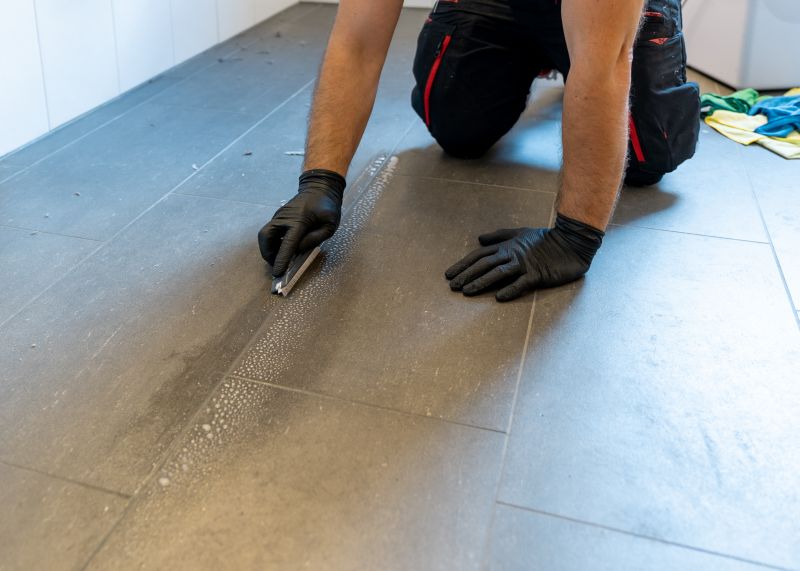
Ways to make Waterproofings work in tight or awkward layouts.
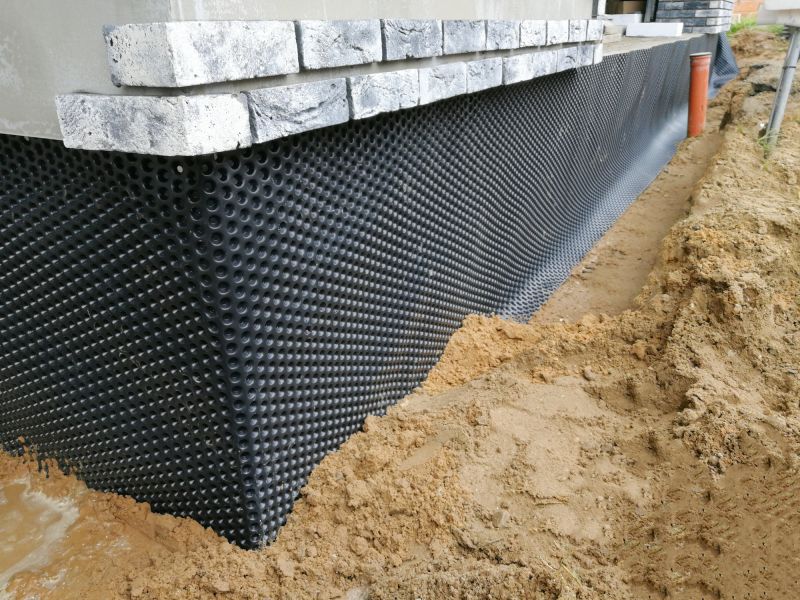
Popular materials for Waterproofings and why they hold up over time.
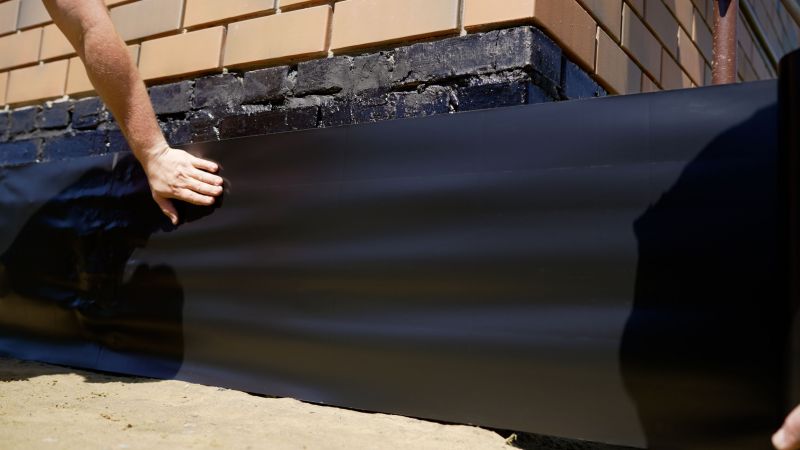
Simple add-ons that improve Waterproofings without blowing the budget.
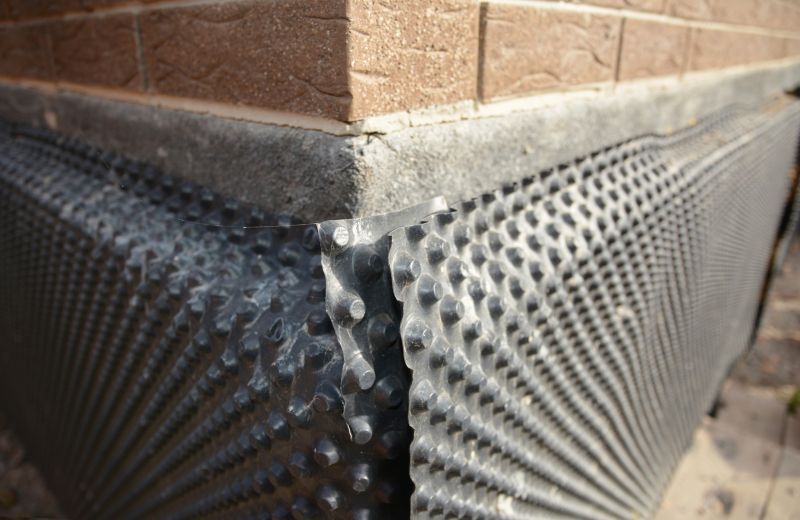
High-end options that actually feel worth it for Waterproofings.

Finishes and colors that play nicely with Waterproofings.
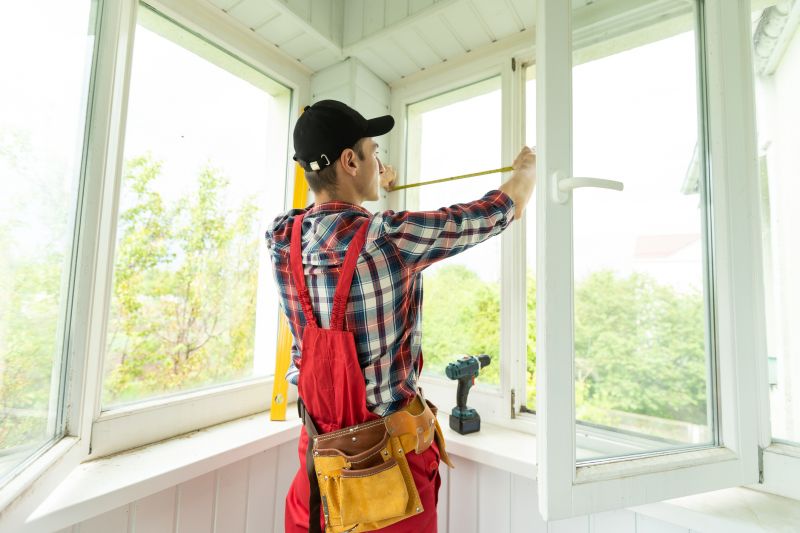
Little measurements that prevent headaches on Waterproofings day.
| Season | Recommended Conditions |
|---|---|
| Spring | Moderate temperatures, low humidity, no rain |
| Summer | Warm, dry weather, temperatures 50-85°F |
| Fall | Cooler temperatures, low humidity, no frost |
| Winter | Not recommended due to freezing temperatures |
Waterproofings involve applying specialized materials to prevent water penetration in building structures. These measures are vital for maintaining structural integrity, preventing mold growth, and avoiding water-related damages. Proper timing and application techniques are essential to maximize the effectiveness of waterproofing systems. Studies show that waterproofing applied during optimal weather conditions can extend the lifespan of structures by decades, reducing maintenance costs and preserving property value.
Waterproofing materials include membranes, coatings, sealants, and drainage systems. Each type has specific application requirements and best practices depending on the environment and structure. Proper preparation, including surface cleaning and drying, is crucial for ensuring adhesion and durability. Regular inspections and maintenance can help identify potential issues early and extend the longevity of waterproofing solutions.

A 60-second routine that keeps Waterproofings looking new.

A frequent mistake in Waterproofings and how to dodge it.

Small tweaks to make Waterproofings safer and easier to use.
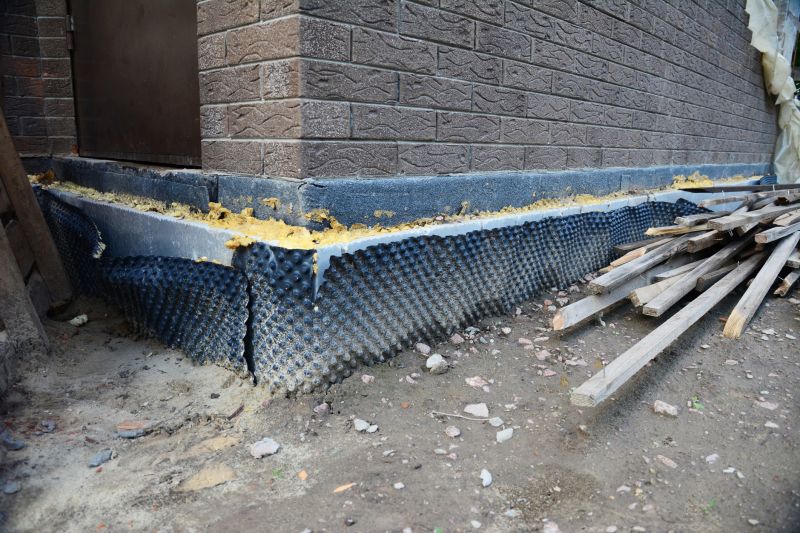
Lower-waste or water-saving choices for Waterproofings.
Interested in waterproofing solutions? Filling out the contact form can provide more information on suitable timing and methods for specific structures. Properly scheduled waterproofing can enhance durability and protect investments over time.

